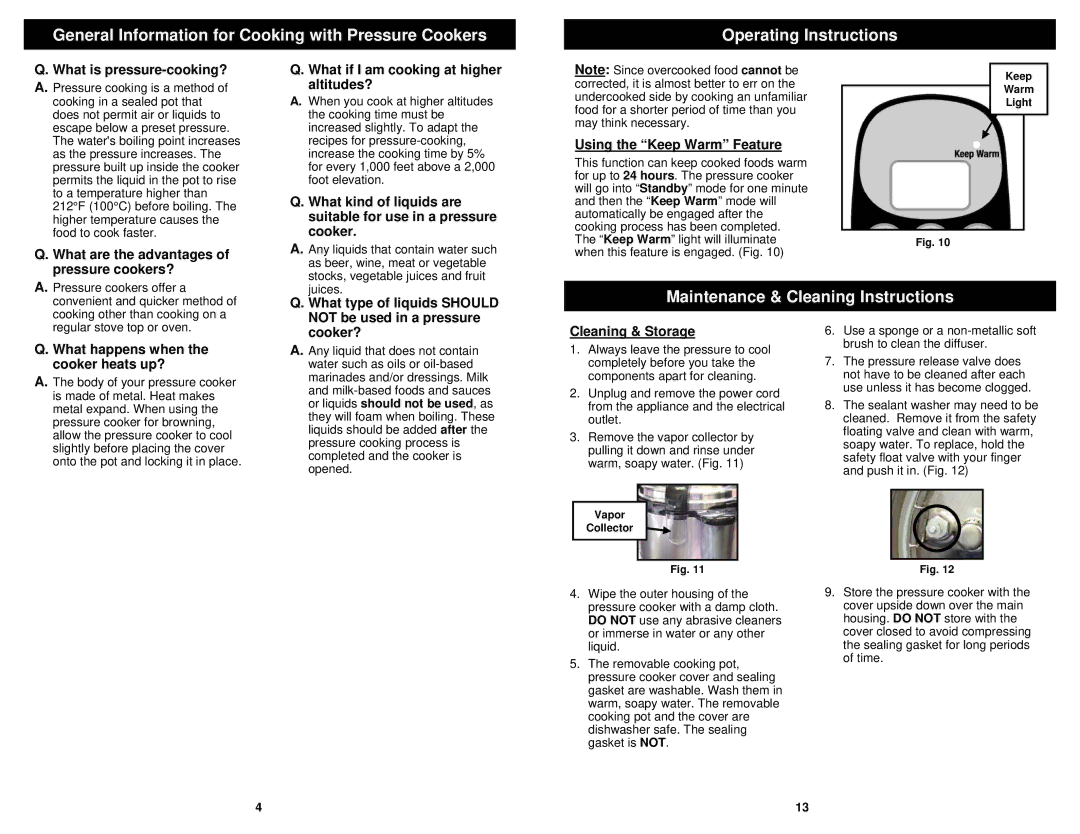PC107HA specifications
The Bravetti PC107HA is an innovative kitchen appliance that seamlessly combines functionality with style, designed to simplify food preparation. With its sleek design and robust construction, this product appeals to both novice cooks and culinary enthusiasts alike.One of the standout features of the Bravetti PC107HA is its versatility. It serves multiple functions, allowing users to grill, bake, broil, and toast with ease. This multifunctionality is made possible by advanced heating technology, which ensures even cooking results while reducing overall cooking time. The integrated heating elements allow the appliance to reach optimal temperatures quickly, making meal preparation efficient without compromising on quality.
The user-friendly interface is another hallmark of the Bravetti PC107HA. It is equipped with intuitive controls that provide an easy-to-read LCD display, offering clear visibility on cooking times and temperatures. The one-touch presets for various cooking functions allow users to select their desired settings with minimal effort, enhancing the overall cooking experience.
Safety is also a significant consideration in the design of the PC107HA. It features a cool-touch exterior, which protects users from burns while handling the appliance. Additionally, it includes an auto shut-off function that activates after a set period, minimizing the risk of overheating and ensuring peace of mind while cooking.
Another key characteristic of the Bravetti PC107HA is its spacious interior, accommodating a variety of foods from meats to baked goods. The removable crumb tray and non-stick interior make cleaning a breeze, allowing users to maintain hygiene without hassle.
Portability is yet another advantage, with the compact size making it suitable for kitchens with limited counter space, as well as for use in RVs or at outdoor gatherings. Its lightweight design enables easy transportation, making it a perfect companion for picnics or camping.
In summary, the Bravetti PC107HA is more than just another kitchen appliance; it is a multifunctional wonder that offers versatility, safety, user-friendly features, and efficient cooking capabilities. With this appliance, users can expect delicious meals prepared quickly and easily, making it an essential addition to any kitchen.

